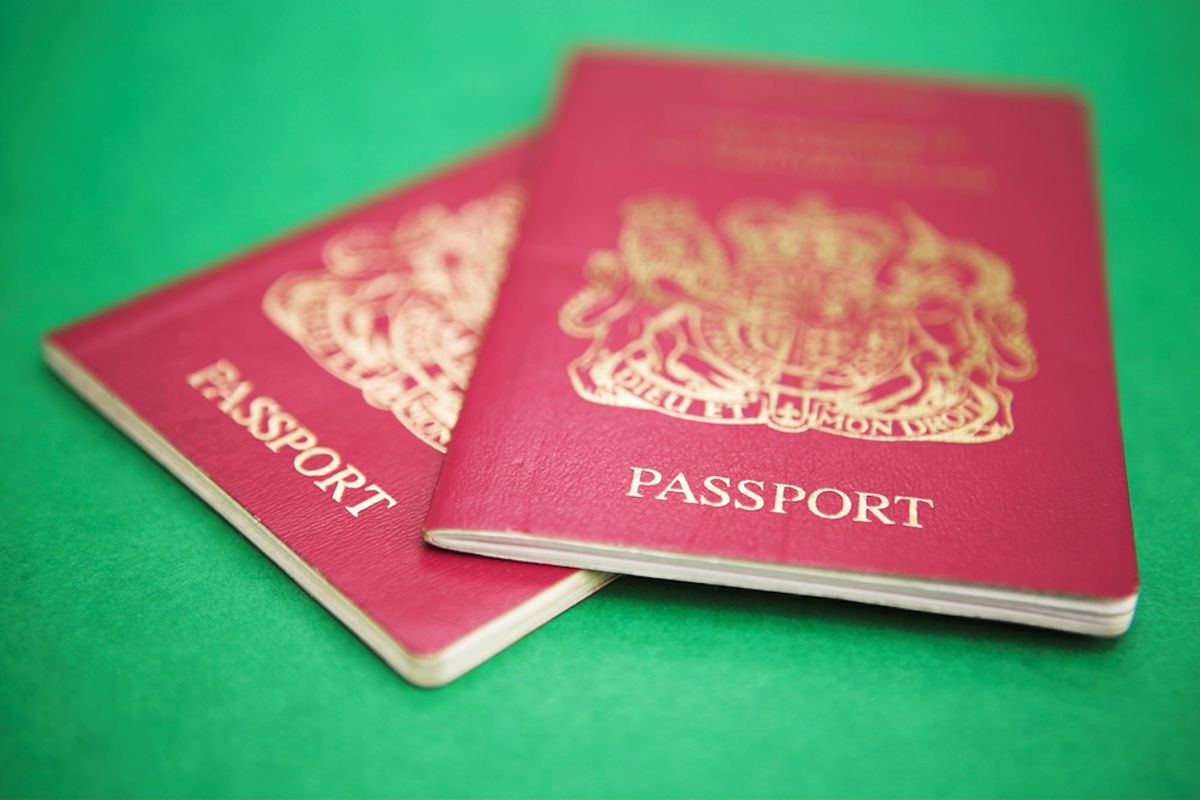
Fingerprints, fees and 90-day nightmares – the new EU visa shake-up explained.Credit: Daniel Gilbey Photography – My portfolio, Shutterstock.
Brace yourselves – Europe’s tightening the rules, and your next holiday could come with more red tape than nan’s Christmas wrapping.
From surprise border refusals to face-scanning booths at the station, here’s what every holidaymaker needs to know before jetting off to Europe.
If you’ve booked flights for later this year and suddenly received a mysterious message from your airline or travel app, you’re not alone. Thousands of travellers have been left scratching their heads (and biting their nails) over whispers of new “visa” rules to enter Europe.
So, do you really need a visa to sip wine in Spain or take a dip in a Greek infinity pool?
Short answer: not quite – but you will need a digital permission slip. And it’s coming sooner than you think.
What’s changing, and when?
Let’s cut through the bureaucracy. From April 2, 2025, EU, EEA, and Swiss citizens travelling to the UK need an electronic travel authorisation (ETA). The only exception? The Irish. They get a free pass, as always.
For Brits heading to the EU, two big changes are on the way: the Entry/Exit System (EES) and the ETIAS visa waiver. Together, they’ll reshape how we travel to Europe forever.
The EU Entry/Exit System (EES): Your face is your passport
Launch date: October 2025 (or so they say)
After years of delays, the EU’s new Entry/Exit System is finally getting the green light – and it means your passport won’t be the only thing getting scanned.
Every UK traveller will need to give up their name, passport info, a photo of their face, and their fingerprints.
This only happens once, but the first time you cross into the EU after October 2025, prepare to queue. Especially if you’re taking the Eurostar, driving through Dover, or flying from Heathrow.
The French reckon this could add around ten minutes per person at the car border. That might not sound like much until you’re stuck behind a coach full of tourists all trying to figure out which finger goes where.
At St Pancras, special kiosks are expected to be installed to collect your biometric data before you go through security. These won’t be run by Eurostar – and so far, there’s been no firm announcement about registering from home or via app.
Passport panic: Why your expiry date might not matter
This one’s caught out loads of people already.
You might see that your passport expires in 2026, but if it was issued more than 10 years ago, it could already be invalid for EU travel.
Here’s the rule: your passport must be less than 10 years old on the day you enter the EU, and it must have at least three months’ validity left on the day you leave.
If your passport was issued on August 1, 2015, it’s considered expired on 1 August 2025 – even if the expiry date says otherwise. Book a return flight for 15 August 2025 and you might be going nowhere.
People have been turned away at boarding gates and denied entry on arrival. It’s not worth the risk – check now.
And don’t forget to check the condition of your passport. Torn pages, frayed covers, water damage – even minor scuffs can lead to rejection. If you’re in doubt, replace it.
The 90/180 rule: One rule to time them all
Since Brexit, Brits can only stay in the Schengen Zone for up to 90 days in any rolling 180-day period. That’s not 90 days per country – it’s total.
Jetting between Spain, France and Italy? Every single day counts. Long weekends, city breaks, your mum’s place in the Algarve – they all add up.
Overstay and the EU will know. The EES will make sure of it. You could face fines, bans or worse. If you’re a regular in the Med, start keeping count. Some people are using a cheeky legal loophole to dodge Spain’s 90-day rule. More information on this at the end of the article.
Final boarding call: What now?
The good news? These changes aren’t designed to ruin your holiday. But they will make travel more faffy – especially if you’re the type to wing it.
Get your passport sorted. Watch for Etias updates. Allow extra time for your first EES crossing. And don’t get caught out by those post-Brexit time limits.
Sun, sea and paperwork might not be the dream combo – but with a bit of prep, your getaway needn’t turn into a staycation at the departure gate.
Next up:
The cheeky loophole Brits and Americans are using to dodge Spain’s 90-day rule
Stay tuned for more US news.
Get more UK news.







